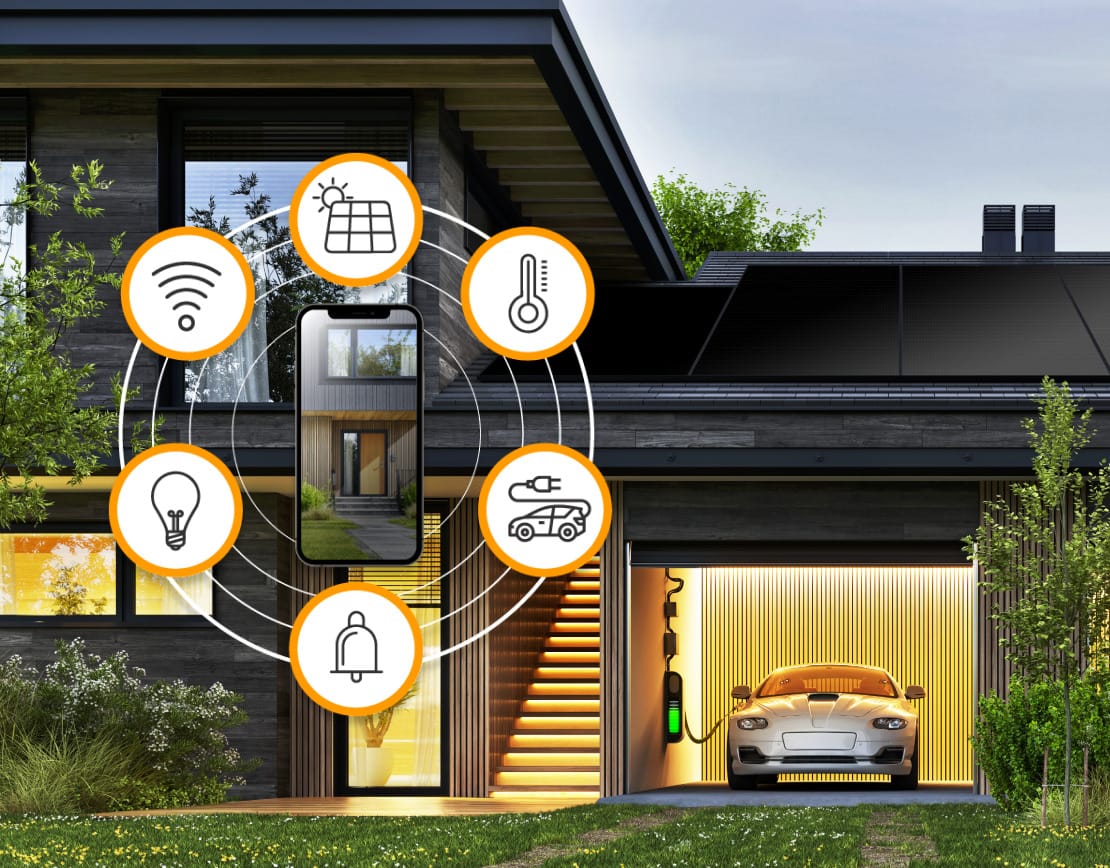So, you've made the smart decision to install a California solar system on your property. That's great! Your new solar energy system can save you money, increase your property value, and help the environment.
Still, you probably have a lot of questions that need answering before you can install. For instance, can you still qualify for the federal tax incentive? And what about other incentive programs?
How do solar panels work to save you money and are they worth the cost? Does it matter which system or contractor you choose? And how can you tell if your home is eligible?
The good news is, we've written this guide to answer all these questions and more. Read on to learn everything you need to know about installing California solar systems.
Install Now For The Federal Solar Tax Credit
If you install your California solar system right away, you can qualify for the federal solar tax credit. Currently, this program is scheduled to end in 2024. And, although it's been extended several times in the past, there's no guarantee that this will happen again.
Besides, the size of the refund you can earn is steadily decreasing. In 2019, homeowners earned a 30% rebate for the price of the solar system plus installation. The rate is now 26% and will decrease to 22% in 2023.
California Solar Initiative
In addition to the federal program, there are also a number of California Solar Initiative (CSI) programs you can benefit from. Most of these, but not all, are for low-income families. Go here for a full list of California solar incentive programs.
How California Solar Systems Save You Money
As you most likely know, solar energy systems help you save on your energy bill. Specifically, when you use your own solar-generated energy, you use less energy from your electric company. Some solar energy systems also heat your home, which cuts down your heating bill, too.
The total amount you save depends on factors like:
- Your current energy use
- The efficiency of your solar system
- The total surface area and the positioning of your panels
- The type of weather in your area
Installing solar panels also adds value to your home. And it qualifies you for government incentives. All of these benefits make the installation worth the cost.
Solar Panel Efficiency
There are multiple technologies used in solar energy systems and several brands that produce them. These factors determine how efficient the systems are at producing energy. In general, chrystalline silicon is the most efficient.
You can easily research the different systems that are available in your area to see which systems have the highest energy production rating. Of course, the more efficient systems tend to cost more, too.
Solar Panel Degradation
Like all appliances, solar energy systems lose efficiency as they age. Fortunately for you, you don't have to guess the degradation rate of the system you're interested in. This information is provided to you before you purchase, usually in the warranty terms.
After 25 years, systems with lower rates of degradation will be 90% as efficient as when they were new. Even those with higher degradation rates will retain 80% of their original efficiency.
Warranty Coverage
Solar system warranties are provided by the manufacturer and come in two varieties: Equipment and Performance warranties. Equipment warranties only cover manufacturer defects.
Performance warranties work like mileage-based warranties for cars. These cover your system until a certain amount of energy is produced.
Additionally, authorized installers offer enhanced warranties. These cover the shipping and installation costs of the replacement parts.
Is My Home Eligible?
Not every home is eligible for solarization. For instance, some property owners are prohibited from doing so due to the restrictions of their HOA.
Other properties don't have enough unobstructed space available for the panels to receive adequate sunlight. The only way to know for sure whether your home is eligible is to have it inspected by a licensed solar installer.
Home Solar System Cost in CA
Home solar system installation costs between $12,000 and $16,000 on average. However, you don't have to pay a lump cash sum up front. There are usually other financing options available.
Financing Your California Solar System
If you don't have the cash available for such an investment, you can usually get a solar installation loan from any reputable creditor. Also, your installer most likely offers payment plans that help you pay at a more manageable pace.
Choosing a Contractor
Finally, always make sure you choose the top solar company in your area. Here are some tips on how to do that.
Check Licensing
Always make sure the contractors you choose are licensed by the state to perform the installation. Do this by inputting the installer's contractor license number on the official Contractors State License Board website.
Ask if They Use Subcontractors
Perhaps you've met the installers you're considering and you trust them to do the work. But they might not be the ones doing the work at all.
Many companies hire subcontractors, whom you haven't met, to do the actual labor for them. But we at Simply Solar always perform the installation ourselves.
Check Reviews and References
Go online and check websites like Google My Business, Yelp, and the Better Business Bureau to get an idea about the installer's service reputation. Also, ask for their list of references and see if these past customers were satisfied with their service.
Get Estimates
If you've found a few companies who seem reliable, all you have left to do is to compare estimates. Get at least 3 estimates and choose the most affordable option.
Alternatively, if there's only one reliable solar company in your area, choose them. It's worth it to pay extra for reliable service.
Install Your California Solar System Now
Don't wait to install your California solar system or else you'll miss out on a lot of the benefits above. Use the tips in this guide to choose the best solar system and to hire a trustworthy solar installer.
Speaking of which, Simply Solar has over 20 years of experience installing California solar systems. Call us at 707-285-7037 or contact us here to ask us questions or to get an estimate.



